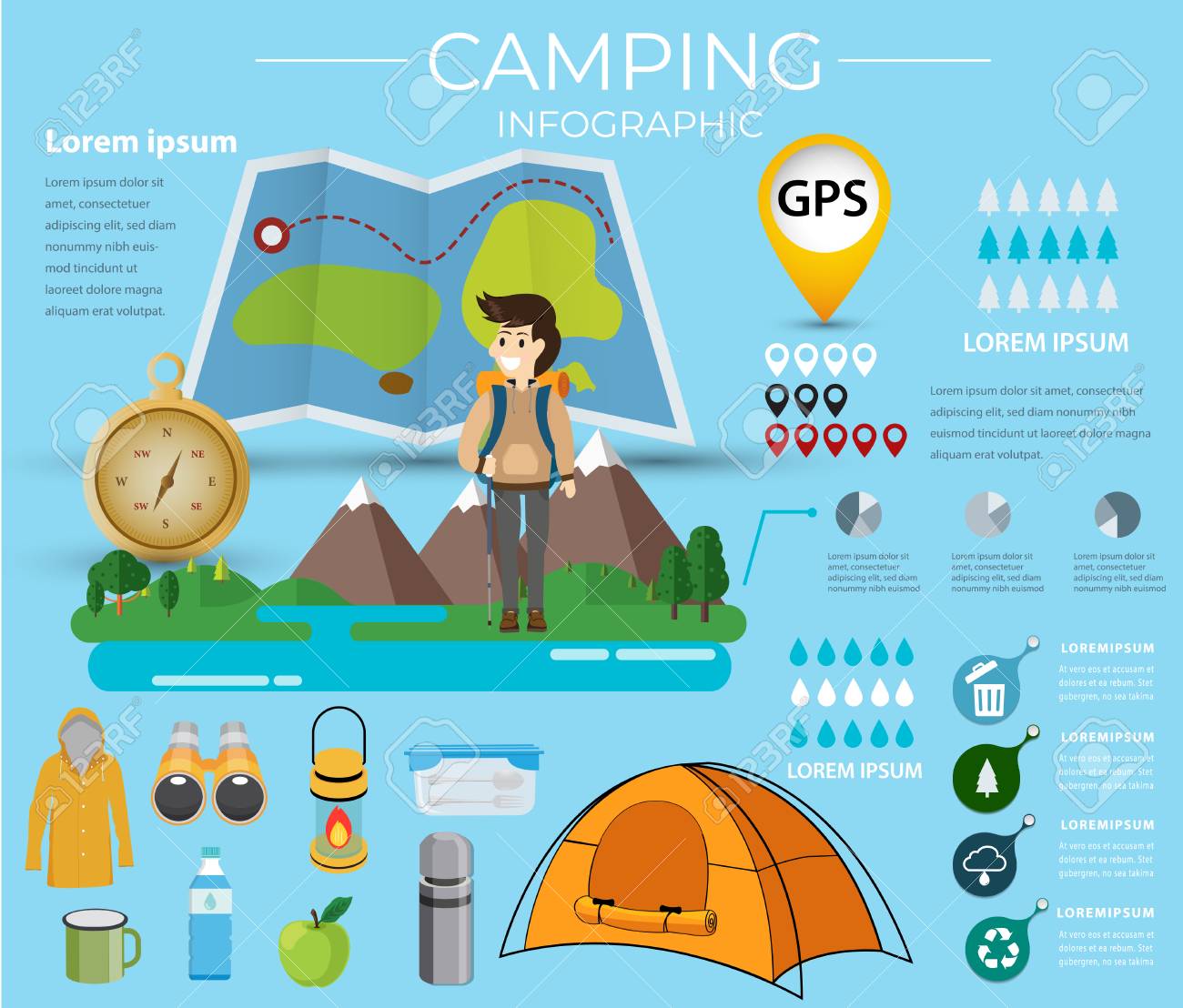Tips On How To Sell Camping Tents And Operate A Thriving Profit Venture
Tips On How To Sell Camping Tents And Operate A Thriving Profit Venture
Blog Article
Taking Pictures of the Evening Sky
A variety of elements can affect night skies digital photography. From weather to upcoming celestial events, you'll want to intend in advance to make sure success.
Who coined the term glamping?
The shutter speed you pick identifies whether stars appear as exact pin-points or route across the photo. A good guideline is to restrict the direct exposure to 500 seconds, or the equivalent of your lens's focal size.
Location
One of one of the most important consider an excellent photograph is where you take it. Aim for areas with very little light air pollution, and avoid locations that have intense city lights and high-rise buildings.
Likewise, search for a place that uses foreground components to create structures with. As an example, dune patterns, wind-sculpted ridges and rocky outcrops can all offer appealing foreground components to help inform the story of your night sky picture.
It is also valuable to study astronomical events such as meteor showers and lunar eclipses to maximize possibilities for fantastic pictures. Utilizing a device such as the Digital photographer's Ephemeris can be extremely helpful when intending your shoots. It aids you to determine moon phases, Milky Way setting and various other expensive events. Also, think about capturing in RAW style rather than JPEG as this offers you much more versatility when refining the images. This is specifically true if you prepare to print your images.
Video camera Setups
Obtaining the appropriate cam setups is essential for any type of picture, yet particularly so for evening sky photos. A wide-angle lens is best for catching more of the Galaxy and minimizing celebrity trails, along with a much longer shutter speed to quit the movement of celebrities and expose their information.
For an optimum level of clearness, shoot in RAW style instead of JPEG, which enables you to protect even more data and provides flexibility during post-processing. This can likewise add to file dimension, so ensure you have lots of storage area and additional sd card available.
Set your focus to hands-on focusing by turning the AF/MF switch on your lens into MF mode. You may require to take a couple of test shots and inspect the photo playback on your video camera's LCD display till you achieve best, determine hands-on focus. It's an excellent concept to do this throughout the day with your picked lens and the area you will certainly be shooting at night, to confirm the precision of your focus setup.
Illumination
A good night sky picture calls for the right conditions. This includes a dark skies, yet also a fascinating foreground component such as a mountain on the horizon, a lake to mirror the celebrities, or a human component like a barn or shed. You can also use a headlamp to light up the foreground and add some dramatization or deepness to your photo.
The most essential cam setups for evening skies photography are the aperture and shutter rate. The bigger the aperture, the extra light that reaches the sensor. This permits you to catch bright celebrities in a fairly short quantity of time.
The shutter rate identifies whether your stars will certainly be pin-point ideal or if they will look like star routes because of the Earth's turning. Make sure to take multiple lengthy exposure shots and pile them in post-processing for the very best results. Last but not least, shoot in RAW setting to provide yourself maximum latitude in post-processing.
Make-up
The secret to beautiful celebrity shots isn't a high-end telescope, a brand-new wide-angle lens or a high-grade Canon or Nikon video camera. It's strategy, planning and make-up.
For beginners, scout your shoot place ahead of time to obtain a feel for the layout and possible structures. Consider integrating foreground elements such as rocks, a lake or alpenglow on the landscape to include character and passion to your pictures.
Bear in mind the Guideline of Thirds when composing your images. This basic concept helps balance and merge images. It's additionally helpful for concentrating on points of interest in your picture, such as rock features or the Galaxy. Also, keep in mind home tents to intend your shoots around moon phases-- capturing at a full moon can subdue celebrities and create a silhouetted form, while shooting on nights with a new moon can aid you see constellations much more plainly.
Which information is a must have when camping?
